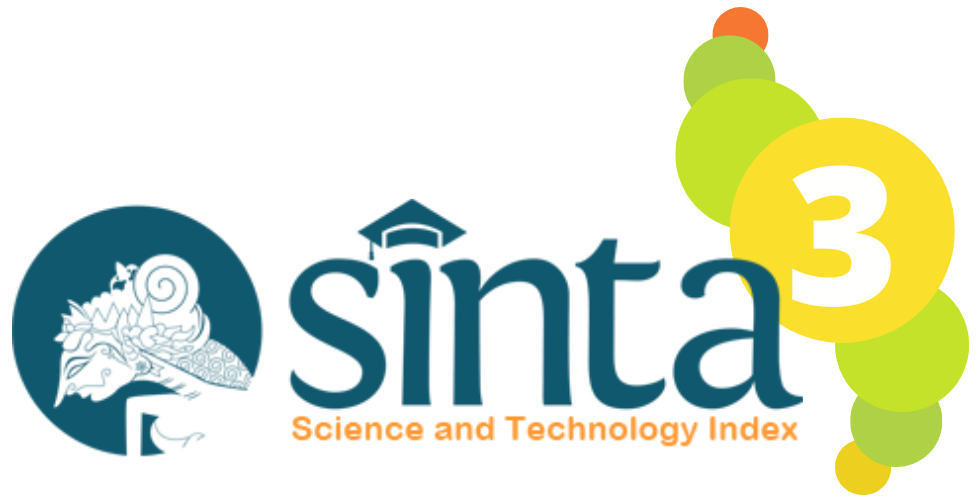APPLICATION OF THE PROJECT BASED LEARNING MODEL TO IMPROVE ACTIVITIES AND SCIENCE LEARNING OUTCOMES OF JATISOBO STATE PRIMARY SCHOOL 03
DOI:
https://doi.org/10.32585/dikdasbantara.v6i2.3966Keywords:
project based learning, aktivitas, hasil belajar, IPAAbstract
The project-based learning model or PjBL is learning that provides opportunities for students to work on a project. The purpose of this study was to improve performance and learning outcomes in science class by applying a project-based learning model to fifth grade students who used collaborative research methods for class activities carried out in two learning cycles. Each cycle consists of 4 stages, namely planning, implementation of action, observation and reflection. Data collection techniques and tools in this study were cognitive tests, observation and documentation. The results of observing class activities are: 1) In Cycle I there are still students who are passive in the learning process. After reflecting on the implementation of cycle II, students' learning activities were improved by involving students in experimental projects in natural science subjects with single substances and mixed substances. 2) The learning outcomes of students in Cycle I had a percentage of 78% complete, while in Cycle II the level of completeness increased to 100%. Based on the results of the study it can be concluded that the application of a project-based learning model can increase the activity and learning outcomes of fifth grade students at SDN Jatisobo 03.
Downloads
References
Arikunto, S. d. (2017). Penelitian Tindakan Kelas. Jakarta: PT.Bumi Aksara.
Indrastoeti, J. Dan Istiyati, S. 2017. Asesmen dan Evaluasi Pembelajaran di Sekolah Dasar. Surakarta: UNS Press
Ngalimun. (2017). Strategi dan Model Pembelajaran. Yogyakarta.
Novita, L., Sukmanasa,E., Pratama.M.Y.2019. Penggunaan Media Pembelajaran Video Terhadap Hasil Belajar Peserta didik SD. Indonesian Journal of Primary Education. Volume 3 Nomor 2. ISSN: 2597-4866
Nurrita, T.2018. Pengembangan Media Pembelajaran untuk Meningkatkan Hasil Belajar Peserta didik. Misykat. Volume 3 Nomor 1.
Purwatiningsih, M.2021. Penerapan Model Project Based Learning (PjBL) Untuk Meningkatkan Aktivitas Dan Hasil Belajar IPA Kelas VIC SDN Pekayon 16 Pagi Jakarta Timur. Seminar Nasional Pendidikan Profesi Guru Tahun 2021. Universitas Mulawarman.
Sanjaya,W.2016. Strategi Pembelajaran. Berorientasi Strandar Poses Pendidikan. Jakarta; Penerbit Prenadamedia.
Surya, A.P, Relmasira,Hardin, A.T.A. 2018.Penerapan Model Pembelajaran Project Based Learning (PjBL) Untuk Meningkatkan Hasil Belajar Dan Kreatifitas Peserta didik Kelas III SD Negeri Sidorejo Lor 01 Salatiga. Jurnal Pesona Dasar. Vol 6. No.1
Samatowa,U.2006.Bagaimana Membelajarkan IPA di Sekolah Dasar. Jakarta: DepDikNas.
Sitorus, E.R.2021. Penerapan Metode Inquiry Dalam Materi Ajar Pewarisan Sifat Mata Pelajaran IPA. Jurnal Inovasi Pembelajaran Karakter (JIPK). Vol.6, No.1
Utami,T., Firosalia, Anugraheni.I.2018. Penerapan Model Pembelajaran Project Based Learning (PjBL) Untuk Meningkatkan Kreativitas Dan Hasil Belajar IPA Peserta didik Kelas 3 SD. Jurnal Mitra Pendidikan (JMP Online). Vol.2. No.6, 541-552.
Wiriaatmadja.R.2014. Metode Penelitian Tindakan Kelas. Bandung; Penerbit PT Remaja Rosdakarya.
Yulihendri. 2021. Peningkatan Hasil Belajar IPA Tema Benda-Benda Di Sekitar Kita Materi Zat Tunggal Dan Campuran Melalui Model Pembelajaran Kooperatif Tipe Think,Talk,Write (TTW) Pada Peserta didik Kelas V-B UPT SD Negeri 01 Limo Kaum. Ensiklopedia of Journal.Vol.3 No.4
Downloads
Published
Issue
Section
License
Copyright (c) 2023 Dini Wulan Sari, Farida Nugrahani, dan Suratno

This work is licensed under a Creative Commons Attribution-ShareAlike 4.0 International License.
The copyright to this article is transferred to Jurnal Dikdas Bantara if and when the article is accepted for publication under Creative Commons Attribution-ShareAlike 4.0 International License. The undersigned hereby transfers any and all rights in and to the paper including without limitation all copyrights to Jurnal Dikdas Bantara. The undersigned hereby represents and warrants that the paper is original and that he/she is the author of the paper, except for material that is clearly identified as to its original source, with permission notices from the copyright owners where required. The undersigned represents that he/she has the power and authority to make and execute this assignment.We declare that:
1. This paper has not been published in the same form elsewhere.
2. It will not be submitted anywhere else for publication prior to acceptance/rejection by this Journal.
3. A copyright permission is obtained for materials published elsewhere and which require this permission for reproduction.
Furthermore, I/We hereby transfer the unlimited rights of publication of the above-mentioned paper in whole to Jurnal Dikdas Bantara. The copyright transfer covers the right to reproduce and distribute the article, including reprints, translations, photographic reproductions, microform, electronic form (offline, online), or any other reproductions of similar nature. The corresponding author signs for and accepts responsibility for releasing this material on behalf of any and all co-authors. After submission of this agreement signed by the corresponding author, changes of authorship or in the order of the authors listed will not be accepted.
Retained Rights/Terms and Conditions
1. Authors retain all proprietary rights in any process, procedure, or article of manufacture described in the work.
2. Authors may reproduce or authorize others to reproduce the work or derivative works for the author’s personal use or for company use, provided that the source and the Jurnal Dikdas Bantara copyright notice are indicated, the copies are not used in any way that implies Jurnal Dikdas Bantara endorsement of a product or service of any employer, and the copies themselves are not offered for sale.
3. Although authors are permitted to re-use all or portions of the work in other works, this does not include granting third-party requests for reprinting, republishing, or other types of re-use.



















